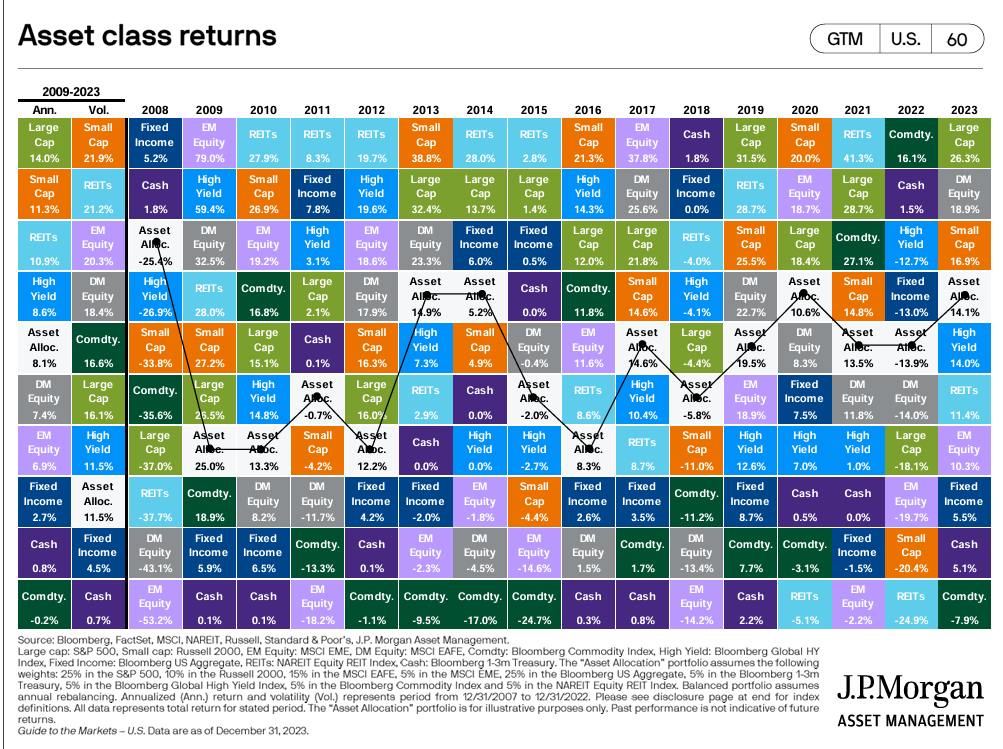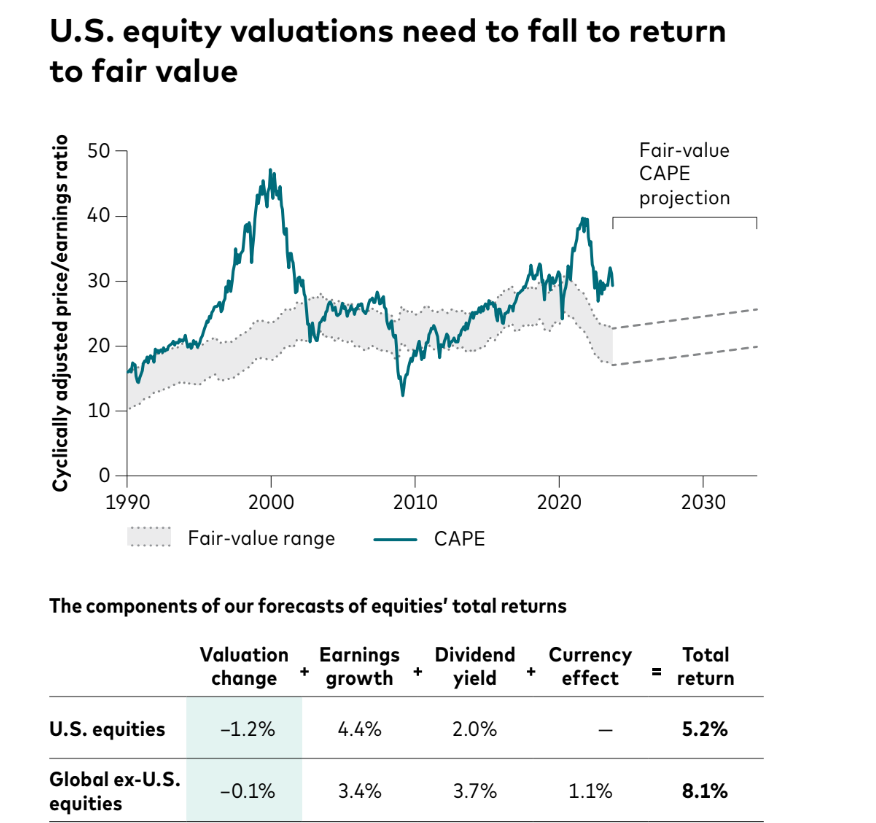When asked about their success, some wealthy people are quick to cite hard work as their key to success. I’m sure they have worked hard. But hard work doesn’t create wealth.
“Hard work” is a classic example of the correlation-causation fallacy. Wealthy people did work hard, but the vast majority of hard working people are not going to become wealthy. Instead, I want to talk about what really helps people to become wealthy: intention and process. Once those are in place, there may well be hard work, discipline, patience, and grit. Those are the fuel for creating wealth, but they are not the engine. The engine is creating intention and process.
Intention
Wealth is not an accident, it requires intention, financial literacy, and planning. When we are clear on our goals and values, our decisions start to become more aligned. My wealthy clients have made economic security a high priority. They focus on building a high income that supports their goals. Their intentions shape their education, careers, spending habits, personal vision, and other life-long decisions. Wealthy people have a wealthy mindset and focus on the following:
- Living below your means. Most Americans spend 100% of their income. (Some spend more and go into debt.) If you can make frugal choices on your house, car, and leisure spending (especially eating out and vacations), you can place yourself in a situation where you can save a meaningful amount of money.
- Delayed gratification. Your future self will thank you for the actions you take today. The more you can save today, the faster you may reach your finish line. Focus on increasing your income, not so you can spend more, but so that you can save more.
- Understand things will not make you happy. We live in a consumer culture of materialism. There are too many people who are focused on appearing successful rather than being successful. Your home is not an investment, it is an expense.
- Track your net worth, know your assets and liabilities. Have a plan. Most Americans spend more time planning a week of vacation than they do their entire future. Hoping you become wealthy is not a plan.
- Start early. Compounding is amazing. Believe in the process and stick with it.
At retirement age, some investors will be millionaires. And they will work alongside people who have the same paycheck but who will retire with almost nothing. The successful made different decisions. They put in the maximum in their 401(k), not the minimum to get the company match. Their decisions reflected their intention to achieve financial success.
Process: Automatic Beats Hope
The process of becoming wealthy is simple. Save regularly over time and invest efficiently. It’s really not rocket science. The key is to make the process automatic. If you wait until the end of the year to fund your Roth IRA, you might not have an extra $7,000 lying around for you and your spouse. But if you set up monthly contributions of $583, you can achieve the same result. And then you don’t even have to think about it. Otherwise, if you are putting yourself in a position where you are hoping you can save, you are setting yourself up to fail.
- Automate your contributions to your 401(k), IRA, 529 or other accounts. You can’t spend the money that is automatically contributed. Increase these contributions every year until you reach the maximum.
- Don’t time the market. You will experience a Bear Market every 4-10 years. If you panic and sell everything, you cannot recover. In hindsight, every Bear Market (2000, 2008, 2020), was an amazing buying opportunity. Keep buying all the time. When you are young, you should love buying in a Bear Market.
- Don’t aim to beat the market. In 20 years as a wealth manager, I’ve never met anyone who was wealthy because of their brilliant stock picks. The market does whatever it does. And what it has done over the years is fantastic and more than enough. Focus on what you can control: your savings rate. And then keep costs, taxes, and turnover low. Index funds work.
- Be an optimist. You have to have some faith in the process. Not a blind faith, but the fortitude to stick with the plan when times are tough.
Things Always Change
America is the land of opportunity. We’ve never had a more level playing field than today for any American to become wealthy. Unfortunately, it is also becoming harder to get ahead. Many young adults face a tougher time than their parents in buying a house, paying off student loans, and being able to save. The wealth gap is widening and attaining economic security is becoming more challenging.
Even against that backdrop, it is still possible to become wealthy. Everyone wants to be a millionaire, but they have to first figure out how to get to $100,000. Once you’ve done that, getting to $200k and then $400k, is just a matter of time. Wealth creates more wealth. You build a savings muscle and establish your wealth engine, and then it just works for you.
Intention sets your focus and creates the decisions which enable you to save. Take control of your financial life and have a plan. Process is understanding what works and keeping your momentum headed in the right direction. Automate your savings and you remove yourself as the roadblock to your success. Neither intention nor process require hard work. They are a mindset.
You should work hard to develop your career and maximize your earnings. But that hard work won’t create wealth if you don’t have alignment on how your money can create your financial independence for you over time. Years from now, when a young investor asks about the cause of your success, I hope you can give the right answer. It was intention and process, not hard work, that created your wealth.















